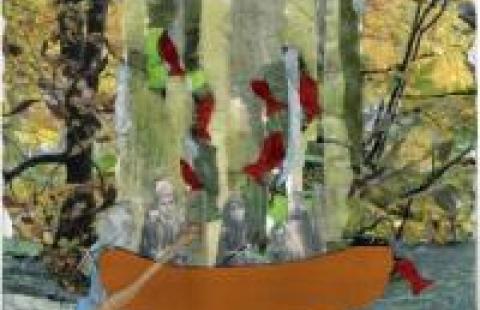What were the project goals?
The goals were to collaborate with Holly Ewald, UPP, and narragansett community to create a book. It was also to fulfill our goal to create books to express local native culture from a native perspective. Also, to positively impact each partner in the project by providing opportunity to impact their mission, educate and empower their community,and enhance their organizations ability to serve the public.
Have they changed over time?
The project goals and outcomes for partnerships have become more specific over time. All projects include art, Native culture and history, and the environment. New goals are how to better market the book; create it as an ebook; on line sales through Amazon.com and other virtual sites. Creation of contracts regarding rights of final products, roles, and responsibilities.
Who are the project partners and stakeholders?
UPP/Holly Ewald, Narragansett community participants, museum visitor’s, participants at Book discussions at Tomaquag and other locations, and others whose are connected to Native, art,Mother Earth and its resources. These projects served a variety of people from youth to elders from the Native community to the Rhode Island community as well as tourists from across the globe.
